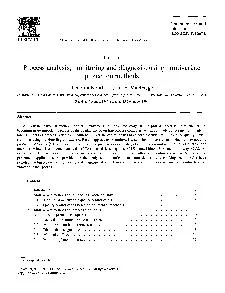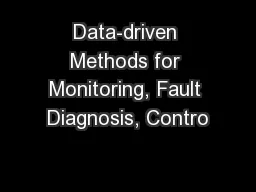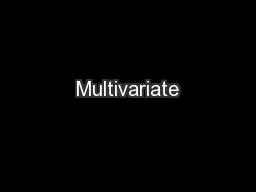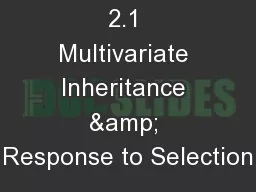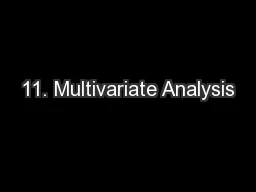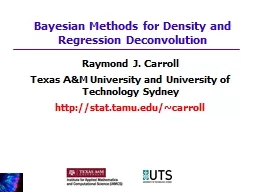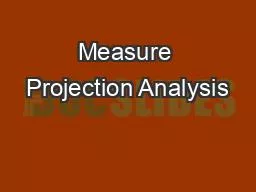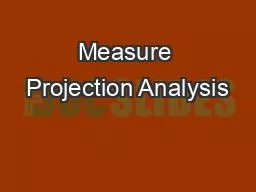PDF-ELSEVIER Chemometrics and Intelligent Laboratory Systems Chemometrics and intelligent
Author : cheryl-pisano | Published Date : 2014-12-24
MacGregor Mfaster Adcanced Control Consortium Department of Chemical Engineering McMaster Unilersity Hamilton Ontario LSS 4L7 Canada Received 5 August 1994 accepted
Presentation Embed Code
Download Presentation
Download Presentation The PPT/PDF document "ELSEVIER Chemometrics and Intelligent La..." is the property of its rightful owner. Permission is granted to download and print the materials on this website for personal, non-commercial use only, and to display it on your personal computer provided you do not modify the materials and that you retain all copyright notices contained in the materials. By downloading content from our website, you accept the terms of this agreement.
ELSEVIER Chemometrics and Intelligent Laboratory Systems Chemometrics and intelligent: Transcript
Download Rules Of Document
"ELSEVIER Chemometrics and Intelligent Laboratory Systems Chemometrics and intelligent"The content belongs to its owner. You may download and print it for personal use, without modification, and keep all copyright notices. By downloading, you agree to these terms.
Related Documents

